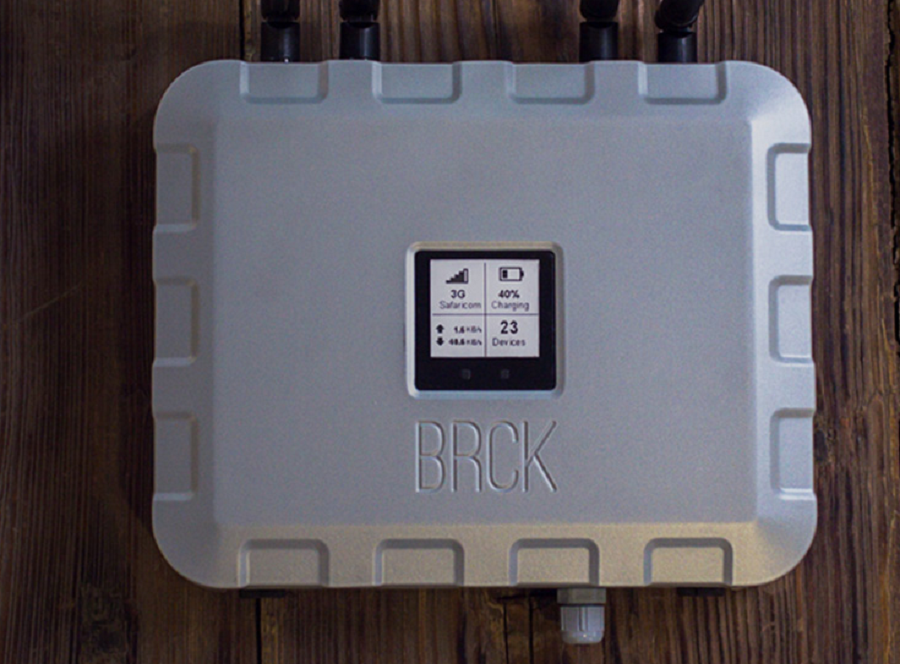Kenyan hardware and connectivity startup BRCK has released two new products; one catering to business customers, and the other promising to make free WiFi available in rural areas.
Launched in 2013, the original BRCK is a rugged router designed for harsh environments with limited connectivity and power, which is able to hop between various sources of connectivity and has a built-in battery for use in the event of a blackout.
The next generation of the BRCK, the SupaBRCK, is an enterprise-grade device, which effectively functions as a rugged data centre in a single, solar powered, all-weather box.
Designed in partnership with Intel, the SupaBRCK was engineered to address some of the limitations of the first version BRCK – particularly computational power and configurability. BRCK chief executive officer (CEO) Erik Hersman says the the next generation device was developed to answer the needs of business customers for a more powerful solution.
Improved functionalities over the original BRCK include integrated dual radio WiFi with 800mw extended range amplifiers; a high speed LTE and 3G modem with multi-SIM support; in- built PicoBRCK Interet of Things (IoT) gateway; advanced power management with 10 hours of battery life; up to 5TB of data storage; and a rugged, dust and water resistant, weatherproof enclosure.
In addition to the core functionality, the SupaBRCK can be user upgraded with up to two additional modems, a secondary server computing module, and long-range WiFi and LTE antennas.
The second new addition to the startup’s portfolio is the BRCK Moja – a special operating system built to run on top of the SupaBRCK hardware; and due to be rolled out in Kenya and Rwanda over the course of 2017.
The system has two services: Moja WiFi and Moja CDN.
Moja WiFi turns the SupaBRCK into a free public WiFi hotspot that provides users with access to the open internet through a content and advertising sponsorship revenue model. The service aims to make internet connectivity available to everyone, regardless of their disposable income.
The Moja also provides access to licensed, premium content that includes TV shows, movies, music, books and other entertainment.
Moja CDN is an infrastructure-as-a-service (IaaS) solution, offering compute and storage capacity for organisations who need to store their content at the edge of the network. The distributed network of SupaBRCKs becomes a distributed off-grid content delivery network (CDN) for businesses.
“Our mission is to connect Africa to the internet, and we realized that just selling a router device wasn’t enough. We needed to build out the WiFi network infrastructure and then create platform that would provide a business model where the end consumer got the internet at no cost and that business could use as well,” says Hersman.
“Most people don’t realise that a maximum of 20 per cent of the population in any African country has internet at home or work, or can pay for relatively expensive 3G or 4G data bundles. The Moja network is built to solve this problem for the 80 per cent who can’t afford it,” he says.
“We’re starting to roll out the network now, and all indications are that we’ll be able to make internet available for anyone on a smartphone or computer wherever we put it.”
Since launching, BRCK has rapidly rolled out new solutions – including spinning off an education-oriented division of the company; spurred on by fundraising to the tune of over US$4 million. The startup is backed by the likes of the Case Foundation, Jim Sorenson, TED, MKS Alternative Investments and Synergy Energy, among others.


